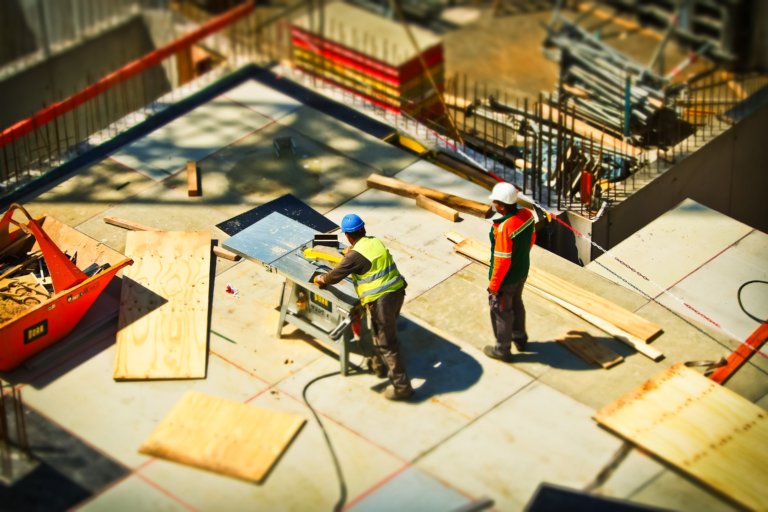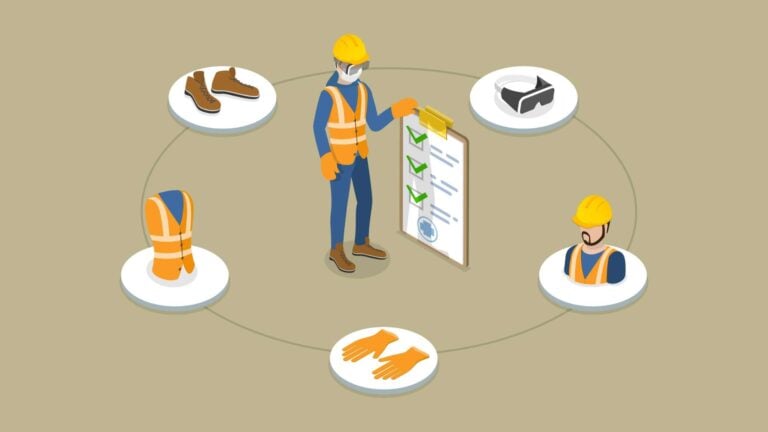In today’s dynamic workforce, generational differences pose a significant challenge, including in the construction industry. According to CMFA, the industry needs more than a quarter of a million extra workers by 2026. This shortage is exacerbated by an aging workforce, with 1.2 million workers aged over 65 in 2022. By 2029, it’s projected that there will be approximately 300,200 additional construction jobs compared to 2019, highlighting the urgent need for attracting and retaining younger talent.
As a construction manager, grasping these generational gaps is crucial since they greatly influence team dynamics, job efficiency, employee turnover rate and, ultimately, project outcomes.
Let’s dive into these generational differences and define effective strategies for building a unified construction team and project success.
Understanding Generational Gaps in Construction
With a blend of generations working side by side – from Baby Boomers with seasoned expertise to Gen Z bringing tech-savvy innovation – each adds a unique set of characteristics and perspectives to the construction site.
While enriching the industry with diverse talents and experiences, some generational differences also present challenges.
These include:
- Communication styles: Millennials and Gen Z largely favor quick and concise digital communication as opposed to traditional face-to-face or phone conversations.
- Technology proficiency: While Millennials and Gen Z often quickly adapt to and even expect digital solutions in the workplace, older generations are generally less tech-savvy and more reluctant to adopt technical solutions.
- Leadership expectations: While Baby Boomers tend to appreciate hierarchical leaders with years of industry experience, Millennials and Gen Z lean towards collaborative leadership, valuing feedback and innovation.
- Feedback and recognition: While Baby Boomers generally value more formal and scheduled performance reviews and recognition, younger generations often value regular, real-time feedback and recognition for their contributions.
Overall, if not managed properly, such gaps can lead to misunderstandings, inefficiencies, and even conflicts within construction teams, affecting project execution and team dynamics.
Effective Strategies for Bridging the Gap
-
Promote open and clear communication
-
Embrace an inclusive digital solution
-
Adapt and inspire
-
Building a positive culture
Right at the center of unifying your construction team is effective communication—it’s what keeps everyone on the same page and ensures everyone feels included.
Foster an environment of open and constructive communication where your team can freely exchange thoughts and ideas. Emphasize the importance of clear and respectful dialogue, encouraging an understanding of others’ perspectives.
Also, equipping your team with digital internal communication tools offers a channel for collaboration, issue resolution, feedback, and access to job-related information, further enhancing efficiency and productivity.
While modern technology is the key to making construction work more efficient than ever, if it is difficult to learn – even for your most tech-savvy employees – it will only slow you down.
Choose construction workforce management solutions that prioritize user-friendliness. Apps like Connecteam offer intuitive tools accessible on mobile phones, simplifying everyday work on any job site.
Highlighting the benefits of these tools in streamlining tasks, improving overall efficiency, and enhancing every team member’s day-to-day work will further help you get everyone on board.
As a manager, you play a central role in uniting your construction team’s spanning generations by building trust through your leadership.
Consider adopting an adaptive leadership style that accommodates varying expectations. Prioritize feedback, collaboration, and flexibility in approaching individuals in ways that resonate with their generational preferences. Trust is the cornerstone of a cohesive and motivated team.
Ensure that all team members feel valued and appreciated all year round.
Don’t wait until an annual performance review to let your workers know how they’re doing. Instead, offer regular feedback that highlights areas for improvement and acknowledges their strengths—making everyone feel a valued part of the team.
To make it even easier, consider platforms like Connecteam, which enable real-time feedback and celebrate achievements and milestones within your construction team. This not only boosts morale and motivation but also creates a shared sense of accomplishment.
To sum it up
In the ever-evolving landscape of construction, tapping into the strengths of generational diversity can help us create stronger and more efficient teams.
As a construction manager, grasping each generation’s nuances and prioritizing the above-mentioned unifying strategies will help you bridge generational gaps, paving the way for unified teams that drive project success.
By 2030 NAR estimates that 75% of construction firms will have implemented specific programs to manage multigenerational workforces.



